Financing Options for Tires with Bad Credit
Let’s face it, few things can dampen a road trip mood faster than a flat tire. It’s a double dose of trouble – a safety hazard and a potential financial blow, especially if you’re dealing with less-than-stellar credit. But before you resign yourself to a bumpy ride (literally and figuratively), take a deep breath! This comprehensive guide will equip you with the knowledge to navigate the world of bad credit wheel & tire financing.
Hear a bump and realise it’s a flat tire? Don’t panic if bad credit adds another layer of stress to replacing them. This guide unlocks the secrets to financing new tires, even with less-than-stellar credit!
Safe tires, flat wallet? Don’t let bad credit steer you wrong! We’ll show you how to navigate financing options to get the new tires you need without blowing your budget.
Ticking time bombs on wheels? Worried about affording new tires with bad credit? This guide equips you with the knowledge to secure financing and hit the road safely.
Why Safe Tires Matter (and Why They Cost Money)
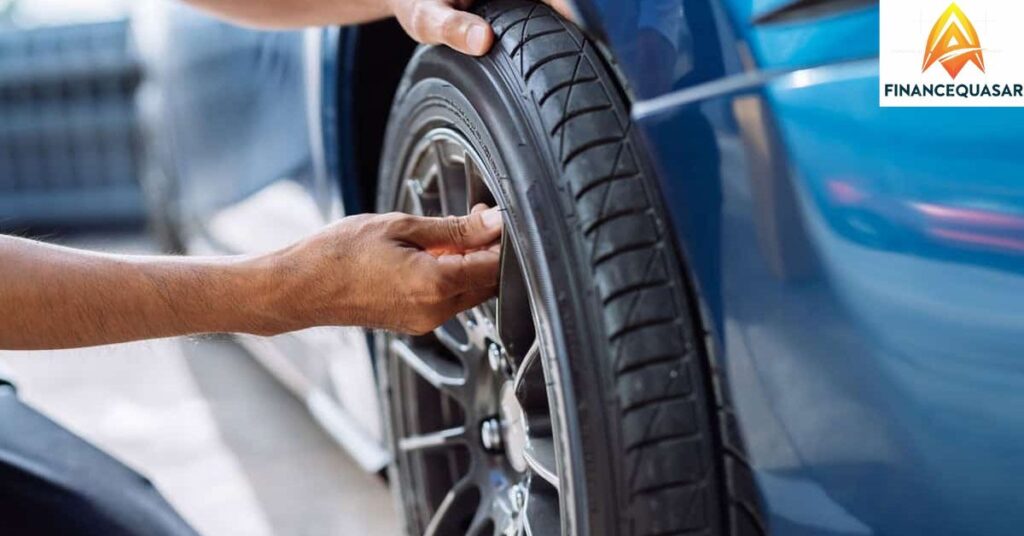
Skimping on tires is a false economy. Your tires are the only point of contact between your car and the road, playing a crucial role in handling, braking, and overall safety. Worn-out treads can lead to decreased traction, especially in bad weather conditions, increasing the risk of accidents. The National Highway Traffic Safety Administration (NHTSA) estimates that underinflated or worn tires are a contributing factor in hundreds of thousands of crashes annually.
Replacing tires isn’t exactly a budget-friendly endeavor. A set of four new tires can easily run anywhere from $400 to $1200, depending on the size, brand, and performance level. That’s a significant chunk of change, particularly if you’re already juggling other financial commitments.
Financing Options for Less-Than-Perfect Credit
This is where the credit score hurdle comes in. A credit score is a three-digit number that reflects your creditworthiness, essentially a lender’s assessment of your ability to repay borrowed money. Generally, a higher credit score translates to better loan terms, like lower interest rates. Conversely, a bad credit score (typically below 640) can make it challenging to qualify for traditional loans or lead to exorbitant interest rates, making financing tire purchases even more expensive.
But fear not! There’s good news for drivers with bad credit. Several financing options can help you secure the new tires you need to hit the road safely and confidently. Here’s a breakdown of the most common approaches:
1. Traditional Loan Options (for the Not-So-Bad Credit Score)
Banks and Credit Unions
These financial institutions offer various loan products, including potential auto repair loans that could cover tire purchases. The perk? Established relationships with your bank or credit union might translate to slightly better interest rates, especially if your credit score isn’t abysmal.
Downsides
Qualifying for a traditional loan with bad credit can be tough. You might face stricter approval requirements, higher interest rates, and the need for collateral (an asset the lender can seize if you default on the loan).
2. Alternative Financing Options: A Lifeline for Bad Credit
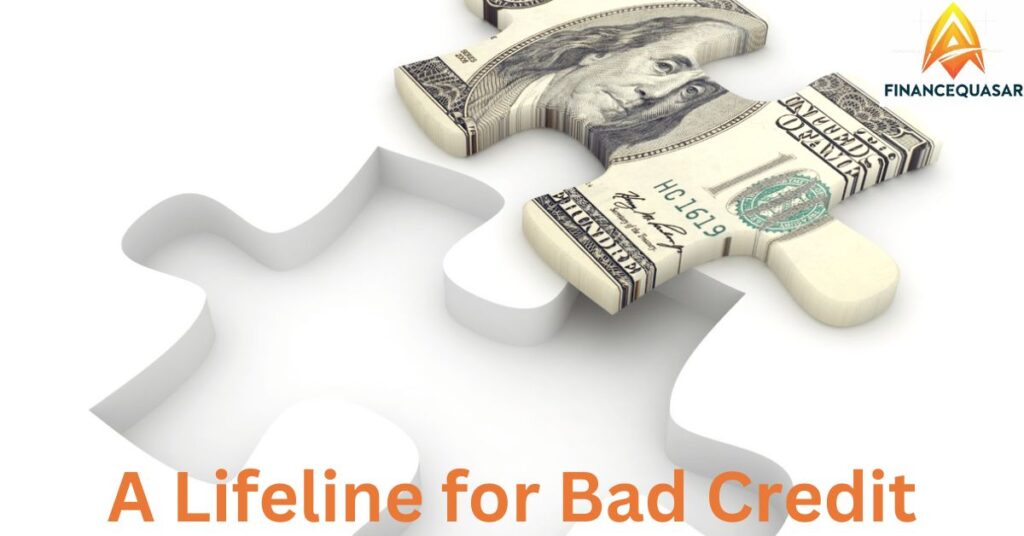
If traditional lenders aren’t an option, several alternative financing avenues can help bridge the gap:
Buy-Now, Pay-Later (BNPL) Programs
These programs have become increasingly popular, allowing you to split your tire purchase into smaller, more manageable installments. Providers like Affirm or Klarna offer BNPL options at many tire retailers.
The Good
BNPL can be a convenient way to spread out the cost of new tires, especially if you have a good repayment history with the provider. Some programs might even offer interest-free financing for a limited period.
The Not-So-Good
Be mindful of potential fees associated with BNPL transactions. Missing payments can also damage your credit score further. Additionally, repayment terms with BNPL are typically shorter than traditional loans.
Lease-to-Own (LTO) Programs
This option allows you to “rent” the tires with ownership transferring to you once all payments are made.
The Good
LTO programs can be easier to qualify for compared to traditional loans, even with bad credit. They also allow you to spread out payments over a longer period.
The Not-So-Good
Overall costs with LTO can be higher due to added fees and interest charges. You won’t technically own the tires until you complete all payments. Make sure to read the fine print of any LTO agreement carefully.
Tire Dealer Financing
Many tire dealers offer in-house financing options or partner with third-party lenders. This can be a convenient option, especially if you don’t have established relationships with traditional lenders.
The Good
Pre-approval for financing through a tire dealer can streamline the buying process. Promotions or special offers might be available.
The Not-So-Good
Interest rates offered by tire dealerships might not be the most competitive. Carefully compare rates
Don’t Let a Flat Budget Leave You Flat on the Road: Financing Options for Tires with Bad Credit (continued)
3. Smart Strategies to Secure Financing with Bad Credit
Knowing your options is just one part of the equation. Here are some valuable tips to increase your chances of getting approved for financing with bad credit:
Shop Around and Compare
Don’t settle for the first financing offer you encounter. Take the time to compare rates and terms from different lenders, including banks, credit unions, BNPL providers, and tire dealer financing options. A little legwork can save you significant money in the long run.
Consider a Co-Signer
Enlisting a friend or family member with good credit as a co-signer can significantly improve your chances of loan approval and potentially lead to more favorable interest rates. Just remember, co-signing a loan is a serious responsibility. If you default on the payments, it will negatively impact your co-signer’s credit score as well.
Save Up for a Down Payment
Putting some money down upfront demonstrates your commitment to the loan and can make you a more attractive borrower in the eyes of lenders. Even a small down payment can improve your chances of approval or secure a slightly lower interest rate.
Maintain a Good Payment History
This might seem like a no-brainer, but it’s crucial. Making timely payments on existing debts demonstrates responsible financial behavior and can boost your credit score over time. This can improve your eligibility for better financing options in the future.
Balancing Safety and Budget with Bad Credit
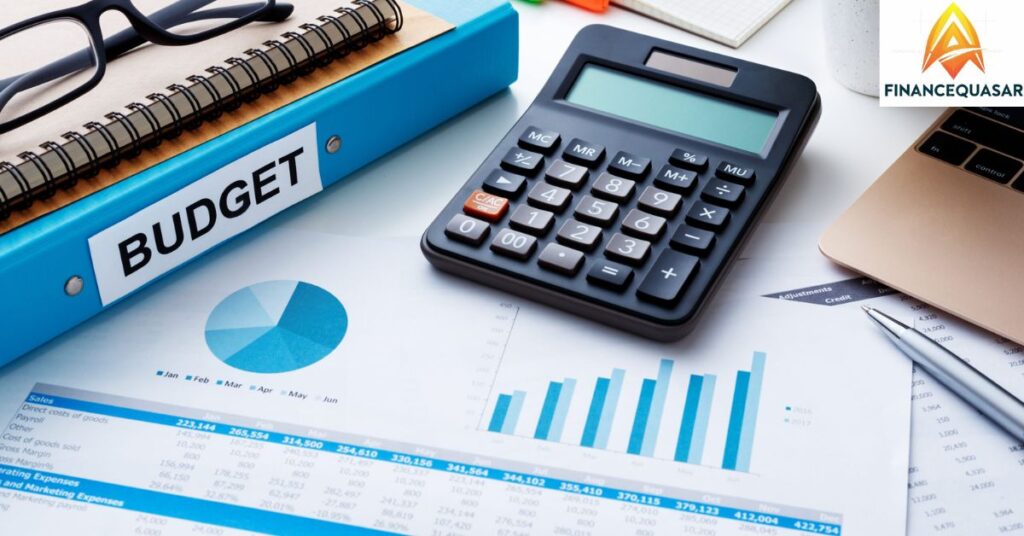
Imagine Sarah, a single mom struggling with a less-than-perfect credit score. She notices a worrying vibration in her car and takes it to a mechanic who delivers the dreaded news – her tires are worn down and unsafe to drive on. Replacing all four tires is a significant expense, and traditional loan options seem out of reach with her credit score.
Solution: Sarah explores alternative financing options. She researches BNPL providers and finds a program offering interest-free financing for tire purchases at a local retailer. By making her monthly payments on time, she can get the safe tires her car needs without breaking the bank and potentially improve her credit score in the process.
Additional Considerations for Bad Credit
While financing can help you spread out the cost of new tires, it’s essential to consider other factors:
Focus on Affordability
Choose a financing plan that fits comfortably within your monthly budget. Don’t stretch yourself too thin to afford the most expensive tires. Prioritize safety, but be realistic about what you can afford.
Beware of Hidden Fees
Carefully read the terms and conditions of any financing agreement before signing. Watch out for hidden fees like processing charges, late payment penalties, or early termination fees. Factor these potential costs into your overall financing decision.
Consider Used Tires (as a Last Resort)
While safety should always be your top priority, using affordable, good-condition used tires can be an option in some cases. However, exercise caution. Always have used tires thoroughly inspected by a qualified professional before installation. Remember, sacrificing safety to save a few bucks on tires is a false economy in the long run.
What are some tips for maintaining good tire health?
- Regular Inspections: Visually inspect your tires for signs of wear, damage, or uneven tread wear at least once a month.
- Tire Rotations: Rotate your tires every 5,000 to 7,000 miles to ensure even wear and maximize their lifespan.
- Proper Inflation: Maintain the recommended tire pressure as indicated on the placard inside your driver’s door or owner’s manual. Underinflated tires can not only affect handling but also decrease fuel efficiency.
- Alignment Checks: Schedule regular wheel alignments to prevent uneven tire wear caused by misalignment issues.
By following these simple tips, you can extend the lifespan of your tires and minimize the need for frequent replacements.
The Road to Safe Travels Starts with Safe Tires (and Smart Financing)

Equipping your car with safe tires is an investment in your safety and the safety of others on the road. Even with bad credit, financing options are available to help you manage the cost. By understanding your options, comparing rates, and employing smart financial strategies, you can secure the financing you need for peace-of-mind and smooth travels down the road.
Call to Action:
Don’t let a flat budget leave you with a flat tire! Take action today:
- Research: Explore different financing options and compare rates from various lenders.
- Improve Your Credit Score: Making timely payments on existing debts can gradually improve your creditworthiness over time, opening doors to better financing options in the future.
- Get Pre-Approved: Consider pre-approval for financing before visiting a tire dealer. This can streamline the buying process and give you more negotiating power.
Remember, with careful planning and the right financing strategy, you can get the safe tires you need to navigate the road with confidence, regardless of your credit score.
(FAQs) about Financing Tires with Bad Credit
Can I get financing for used tires?
The availability of financing for used tires depends on the lender and the specific program. Some BNPL providers or tire dealer financing options might allow financing for used tires if they meet certain tread depth and condition requirements. Always check with the lender beforehand to confirm their policy.
What if I can’t afford financing at all?
If financing isn’t a feasible option due to high-interest rates or tight budget constraints, explore alternative solutions:
Tire Savings Programs
Many tire retailers offer loyalty programs or promotions that can help you save on tire purchases. Look for discounts, rebates, or special offers that can ease the financial burden.
Consider Payment Plans
Some tire dealers might offer in-house payment plans with lower upfront costs compared to traditional financing. While interest rates might still apply, these plans can provide some flexibility if you need to spread out the cost over a few months.
Save Up Gradually
If time permits, prioritize saving for new tires. Set a realistic savings goal and allocate a portion of your budget each month to reach your target. This approach takes longer but avoids the potential pitfalls of debt and high-interest financing.
How can I improve my credit score to qualify for better financing options in the future?
Building good credit takes time and consistent effort. Here are some key strategies:
Obtain Your Free Credit Report
Regularly check your credit report for errors or inaccuracies. You can access a free credit report from each major credit bureau (Experian, Equifax, and TransUnion) annually at Annual Credit Report.gov.
Dispute Errors
If you find any mistakes on your credit report, promptly file a dispute with the credit bureau to have them corrected.
Make Timely Payments
This is the golden rule of creditworthiness. Paying your bills on time for all your credit obligations, including credit cards, loans, and utilities, significantly impacts your credit score.
Reduce Credit Utilization
This refers to the amount of credit you’re using compared to your total credit limit. Aim to keep your credit card balances below 30% of your credit limit to improve your credit score.
Resources for Managing Credit Scores
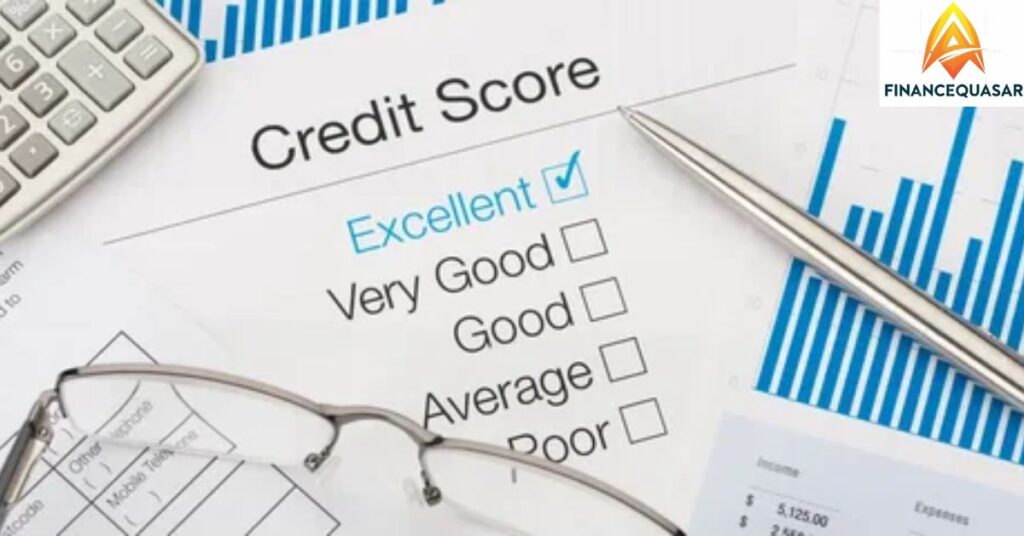
Here are some helpful resources to get you started on your credit score improvement journey:
- The National Foundation for Credit Counseling (NFCC): https://www.nfcc.org/ offers free educational resources and can connect you with a certified credit counselor for personalized guidance.
- Consumer Financial Protection Bureau (CFPB): https://www.consumerfinance.gov/ provides a wealth of information on credit scores, credit reports, and managing your credit health.
- Annual Credit Report.gov: https://www.annualcreditreport.com/index.action This government website allows you to access your free credit report from all three major credit bureaus.
Safe Tires, Priceless Peace of Mind
Driving on safe tires is an essential part of responsible car ownership. While bad credit can pose a challenge, financing options are available to help you spread out the cost of new tires. By understanding your options, comparing rates, and prioritizing affordability, you can secure the financing you need to navigate the road with confidence. Remember, safe tires are an investment in your safety, the safety of your passengers, and the well-being of others on the road. Don’t let a flat budget leave you with a flat tire. Take charge of your tire safety today!
Financing Options for Tires with Bad Credit
The Safety Benefits of Proper Tire Maintenance
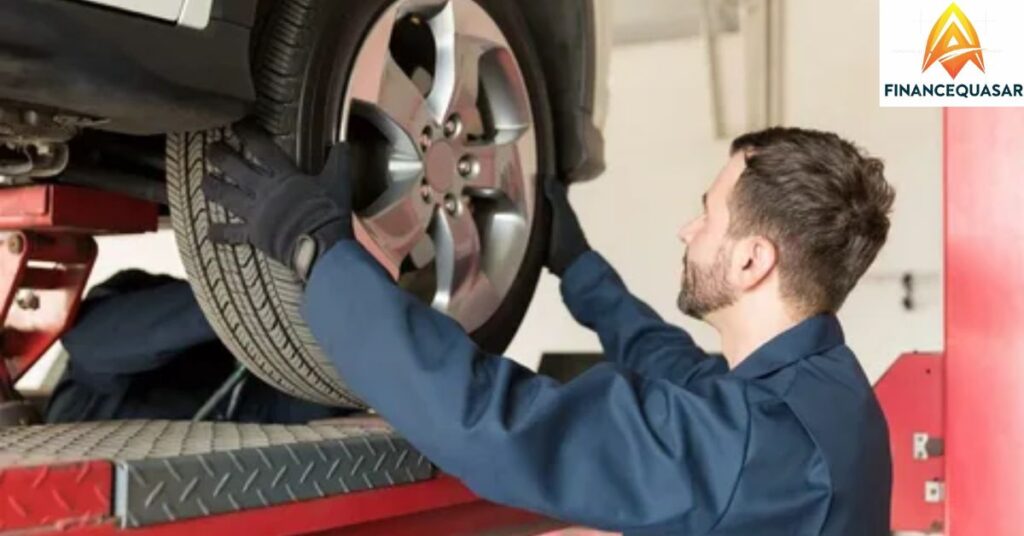
Equipping your car with safe tires isn’t just about financial responsibility; it’s about prioritizing safety. Here’s a closer look at the dangers of neglecting tire maintenance and the crucial role tires play in overall vehicle performance:
Reduced Stopping Distance
Worn-down tires have less tread depth, which significantly impacts their ability to grip the road. This translates to a longer stopping distance, especially in wet or icy conditions. Imagine a critical situation where you need to brake suddenly – worn-out tires can increase the risk of an accident by delaying your stopping distance.
Hydroplaning Risk
Tread depth plays a vital role in channeling water away from the tire contact patch. Bald or low-tread tires lose their ability to disperse water effectively, increasing the risk of hydroplaning. Hydroplaning occurs when a layer of water separates the tire from the road surface, causing a loss of traction and steering control – a potentially disastrous scenario at high speeds.
Blowout Potential
Worn or damaged tires are more susceptible to blowouts, which can happen at any speed and can cause the driver to lose control of the vehicle. Blowouts can lead to serious accidents, injuries, and even fatalities.
Uneven Wear and Tear
Neglecting proper tire maintenance, like neglecting rotations and alignments, can lead to uneven tire wear. This not only shortens the lifespan of your tires but can also cause vibrations and affect handling, compromising overall vehicle safety.
Fuel Efficiency
Believe it or not, properly inflated and maintained tires can improve your car’s fuel efficiency. Worn-out tires create more rolling resistance, forcing the engine to work harder, which translates to lower gas mileage.
The True Cost of Neglecting Tires
While financing new tires might seem like an expense, the potential consequences of neglecting tire safety can be far more significant. Consider these factors:
- Accident Costs: Accidents caused by tire failure can lead to expensive repairs, medical bills, and potential legal repercussions. Even a minor accident can cost thousands of dollars.
- Increased Insurance Rates: A history of accidents or traffic violations related to tire failure can lead to higher car insurance premiums.
- Towing and Repair Costs: A flat tire on the side of the road can be inconvenient and costly, requiring towing services and potential repairs.
Safe Tires – An Investment Worth Making
The cost of new tires pales in comparison to the potential consequences of neglecting tire safety. By prioritizing proper tire maintenance and financing when necessary, you’re making an investment in your safety, the safety of your passengers, and avoiding potentially hefty costs associated with accidents and repairs down the road.
Conclusion
Equipping your car with safe tires shouldn’t be a luxury – it’s a necessity. With a little financial planning and the knowledge of financing options available, even those with bad credit can prioritize safety. Remember, safe tires are an investment, not just an expense. They can prevent accidents, extend the life of your car, and give you peace of mind on every mile. Take charge of your tire safety today – your wallet and well-being will thank you!
Relatide articles:
how long should i wait to apply for a credit card after buying a car?
Mastering the Art of Cool Cash Stash: Your Path to Financial Freedom

I am constantly seeking new challenges and opportunities to make a positive impact through my work. With my passion for innovation and drive for success, i continues to push the boundaries of what is possible in the ever-evolving world of technology.
In addition to my technical skills, I am known for my strong communication and leadership abilities. I thrives in collaborative environments, where i can leverage my expertise to drive projects forward and inspire teams to achieve their goals.







